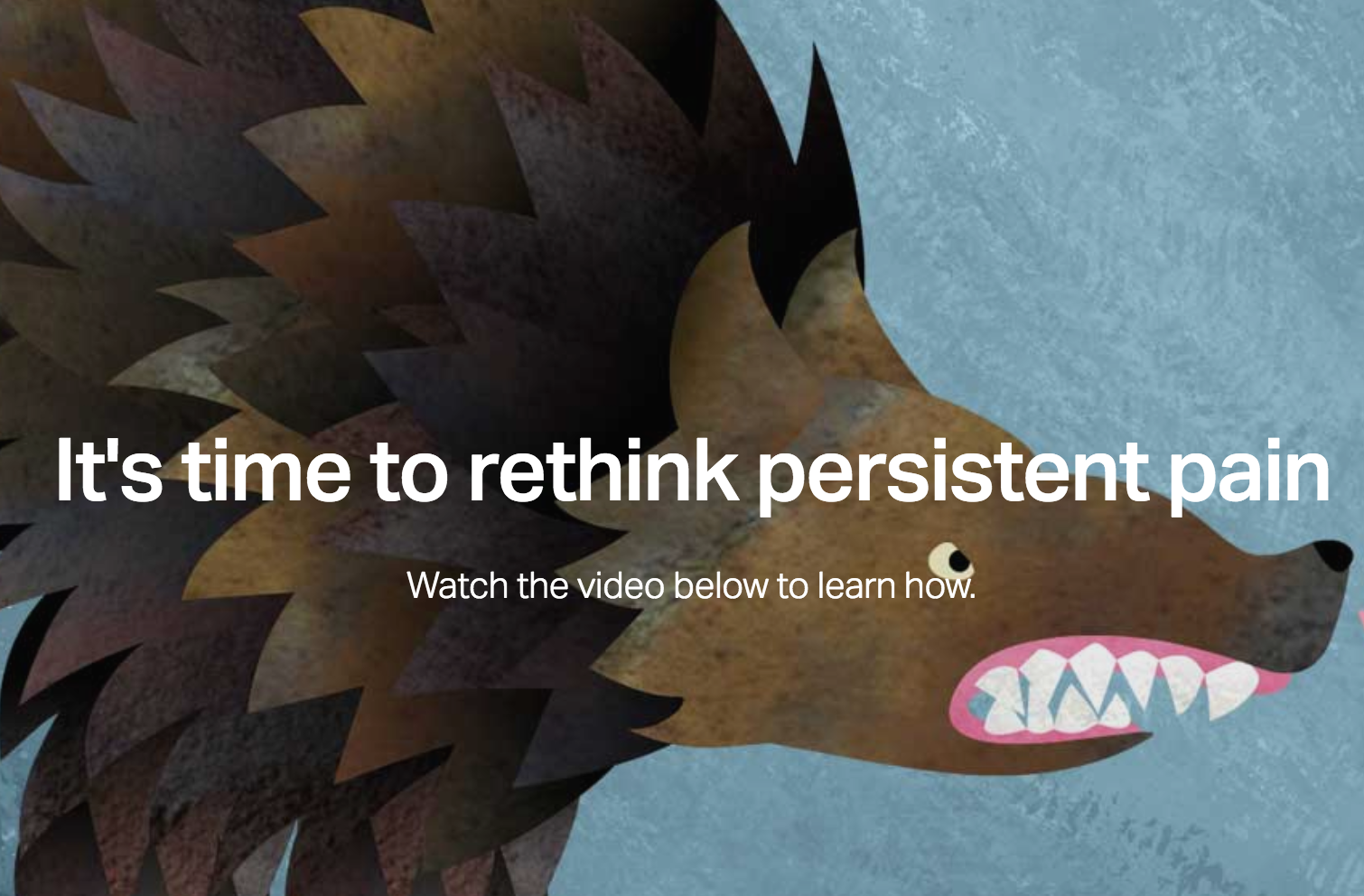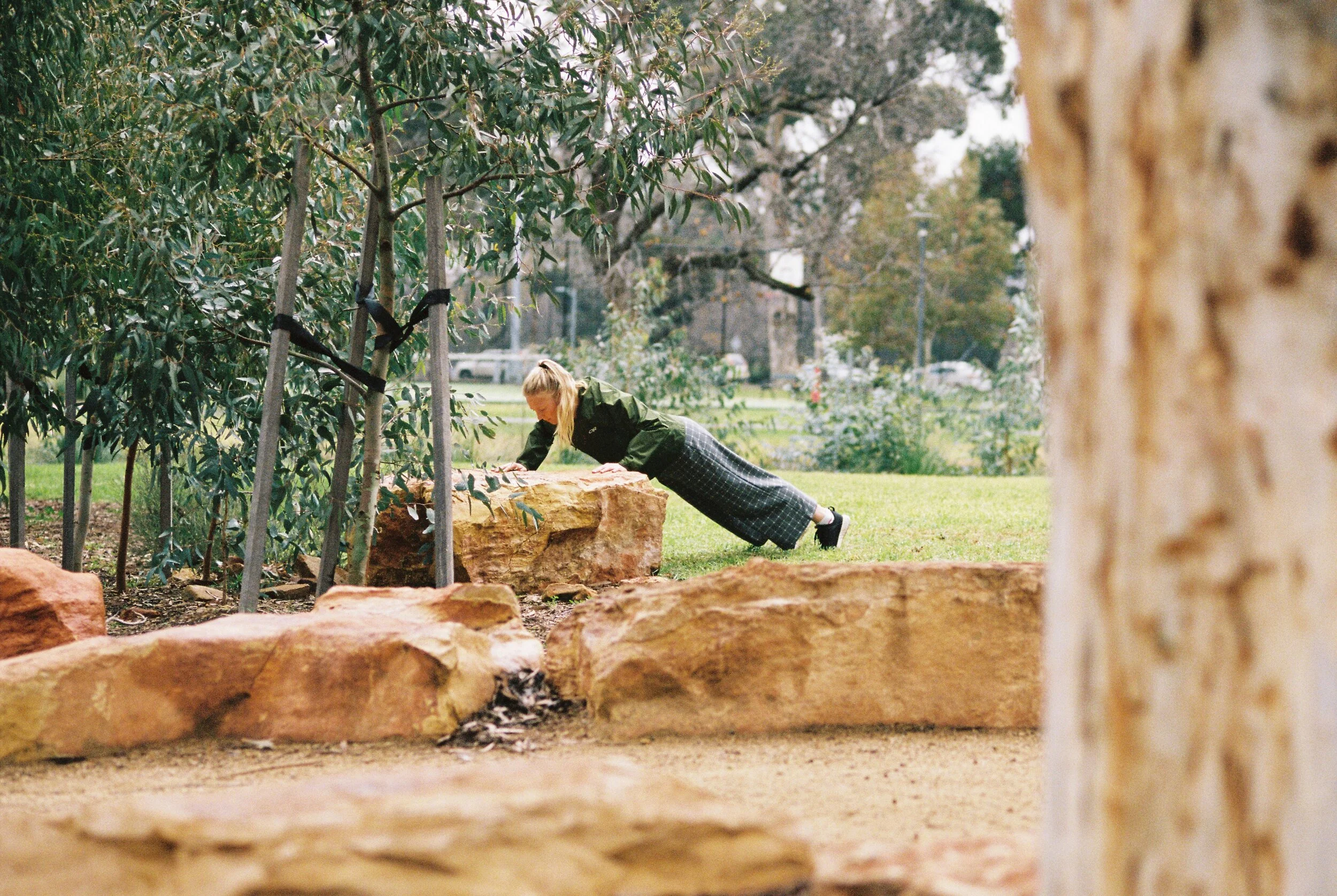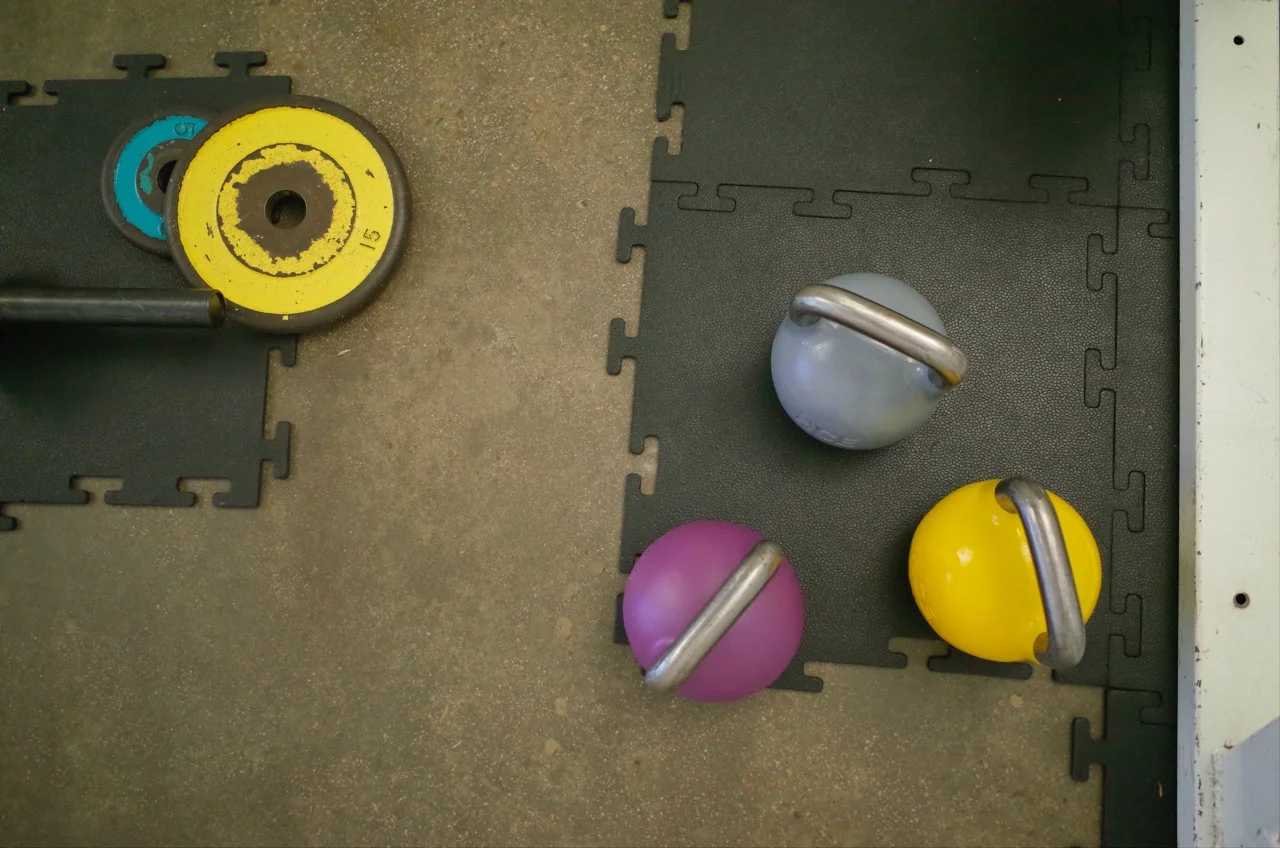Chronic pain is incredibly common, but chronic injury is not. That would be like having a cut that never heals, which is incredibly uncommon! Unfortunately we do not have a common and well-understood model for explaining ongoing pain, and so most people who have ongoing pain feel like they have a long term injury. This means that they avoid load, and we know that load is one of the most important determinants of recovery. Avoidance becomes a kind of positive feedback loop. It can be a strong contributor to chronic pain.
Read MoreIf you want personal advice for a home movement plan, or to get a clear diagnosis and treatment plan, learn about our Tele Physio service, arrange a visit at the park, or come to the clinic.
Read MoreLearn to tell if you have chronic pain, and the best ways to recover from pain.
Telehealth physio services available in Adelaide. Get the best treatment for chronic pain, wherever you are.
Read MoreHaving completed a 100 sample clinical trial of our Recovery Coach Telehealth program last year, we know that Telehealth physiotherapy is effective. The average person reduced pain by 20% and improved their chosen functional scores by an incredibly 91% in the first six weeks.
Read MoreIn movement and in pain, your outcome is inseparable to your expectations. Expectations determine the sorts of things that you will try, and they alter your pain system ...
Read MoreI am thrilled to announce that I will be participating in Pain Revolution, a ride from Melbourne to Adelaide this April where a group of researchers and clinicians are journeying through country towns by bike, promoting better outcomes for people with long-term pain.
Read MoreThere is really strong evidence that perceived threat can turn-up the pain system.
People with long-term pain have all sorts of threat associated with their injury. Pain itself can be threatening – it can interfere with work, sport, family life, and hobbies. Movement can be threatening because it sometimes makes pain worse. Of course movement can make pain better too.
Read MoreIf you have read the previous posts in this series you will have an appreciation for the complexity of pain. It is not a simple cause and effect, 'stub-your-toe-and-it-hurts' phenomenon. Instead, pain is an intricate protective mechanism. It is generated by your brain to look after you, and will protect you from real or perceived danger. And because of this, pain can exist with or without tissue injury. This is really significant. Just because it hurts, doesn't mean there is injury. Injury is not required or sufficient to cause pain.
Read MorePain is an elaborate protective mechanism. It captures attention, and changes behaviour. And of course, it hurts.
Here is the current, accepted definition of pain. 'An unpleasant sensory and emotional experience associated with actual or potential tissue damage, or described in terms of such damage (IASP 1994)'. It's a mouthful. But it makes clear that pain can occur with or without tissue damage, i.e. actual or perceived tissue damage.
Read MorePain is the most common reason for people to visit us. And although pain can influence movement and function, people are generally most interested in resolving their pain. The common thought is, 'when my pain goes away I will move better'.
An alternative view is, 'when I move better my pain will go away'.
Read More









